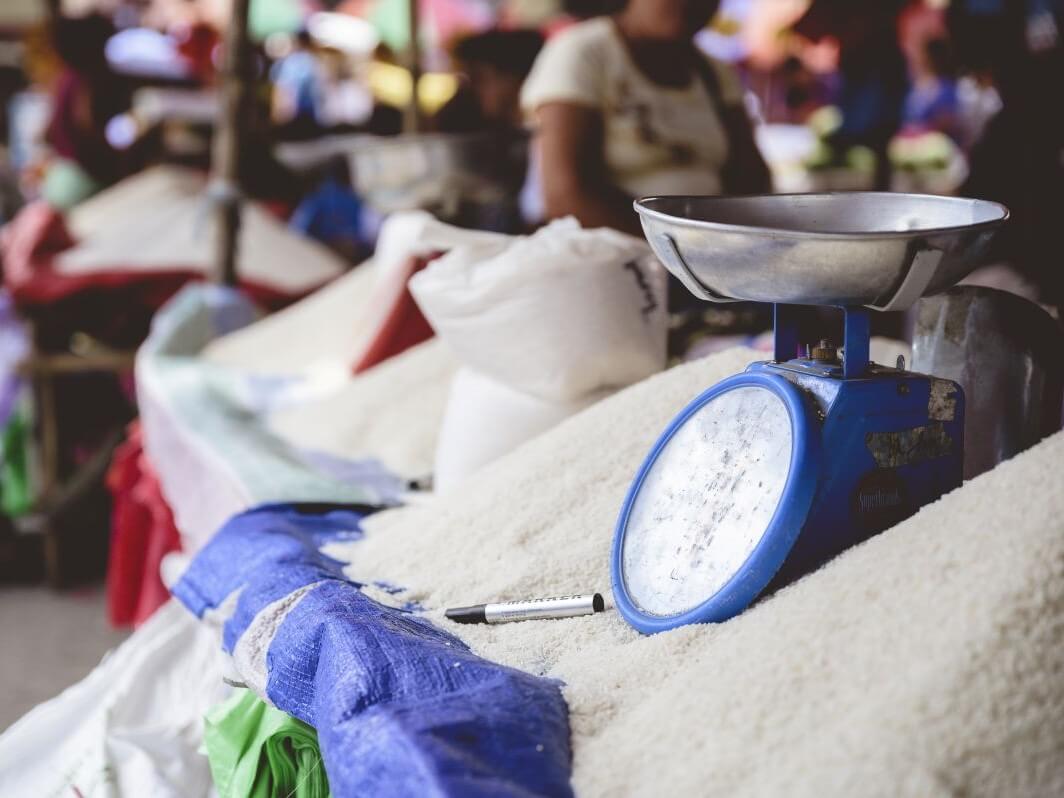

This brought the average inflation rate for the first half of 2025 to 1.8 percent.
Core inflation—which excludes volatile food and energy items—remained steady at 2.2 percent for the fourth consecutive month. This is lower than the 3.1 percent recorded in June 2024.
Main drivers of inflation
The biggest contributor to the increase was the housing, water, electricity, gas, and other fuels category, with inflation accelerating to 3.2 percent from 2.3 percent.
The transport sector’s slower price decline (−1.6 percent vs. −2.4 percent in May) also pushed overall inflation upward.
Other groups that posted higher inflation rates:
Education services: 5.4 percent (from 4.2 percent )
Clothing & footwear: 1.7 percent (from 1.6 percent )
Furnishings & household maintenance: 2.1 percent (from 2.0 percent )
Restaurants & accommodation: 2.1 percent (from 2.0 percent )
Food Inflation
Food inflation eased significantly to 0.1 percent from 0.7 percent in May, and sharply down from 6.5 percent in June 2024.
Top contributors to food inflation:
Meat: 9.1 percent
Fish & seafood: 6.2 percent
Fruits & nuts: 9.7 percent
Biggest downward drivers:
Vegetables & tubers: −2.8 percent
Rice: −14.3 percent
Corn: −14.5 percent
Regional TrendsNational Capital Region (NCR):
Inflation in NCR jumped to 2.6 percent in June from 1.7 percent in May.
Key driver: Housing and utilities, which surged to 6.0 percent from 3.1 percent.
Higher inflation was also noted in health, education, food, and restaurants.
Areas Outside NCR:
Inflation in AONCR eased slightly to 1.1 percent in June from 1.2 percent in May.
Food and non-alcoholic beverages inflation dropped to 0 percent , pulling the overall rate down.
However, price increases were seen in alcohol, clothing, housing, furnishings, and education.
Region I (Ilocos Region) recorded the highest inflation among regions at 2.2 percent .
Notable declines were recorded in Northern Mindanao (0.3 percent ), SOCCSKSARGEN (0.9 percent ), and BARMM (0.9 percent ).
—Ed: Corrie S. Narisma